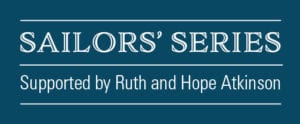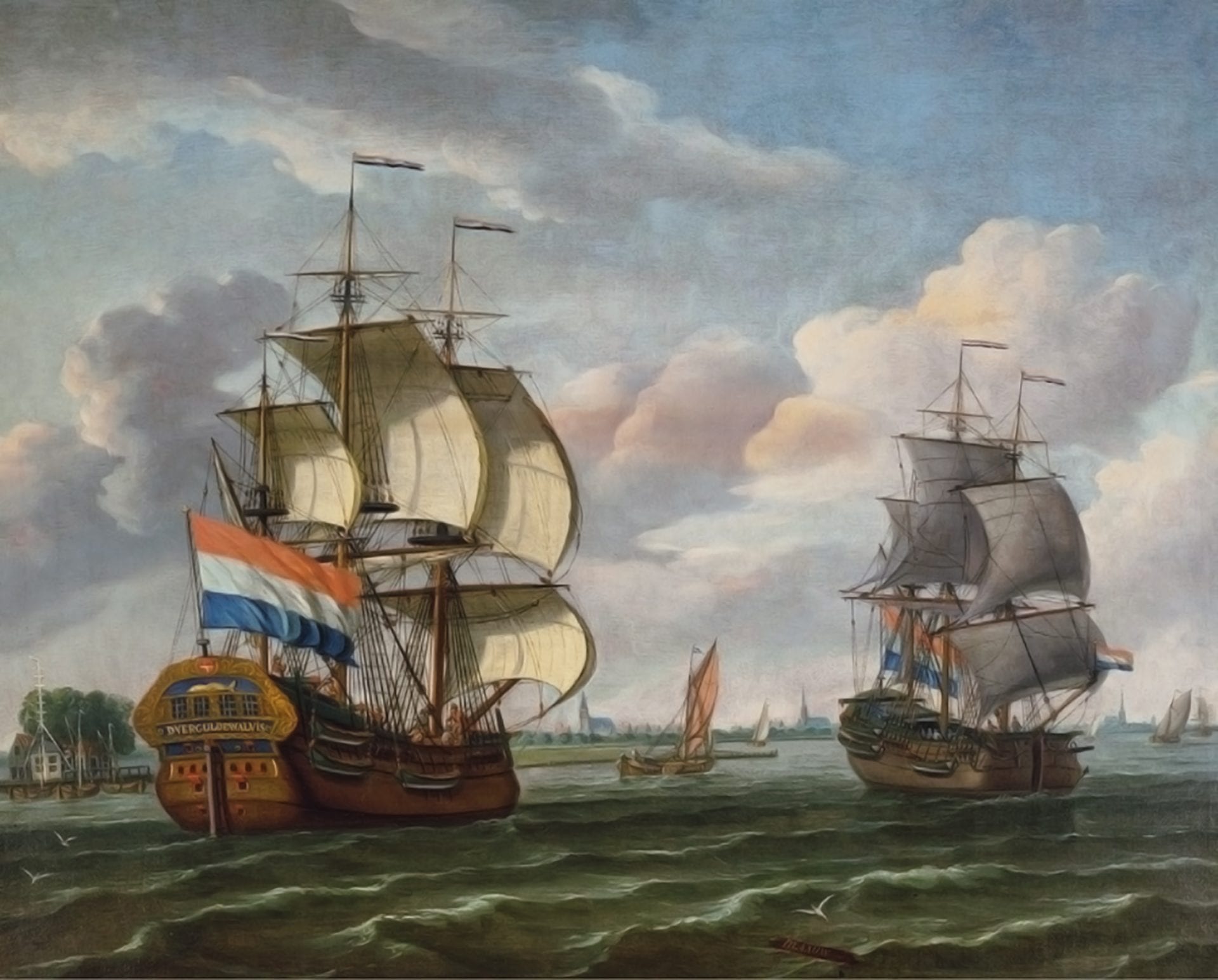De Wind is Op! Climate, Culture and Innovation in Dutch Maritime Painting
By Chief Curator Dr. Christina Connett Brophy
Thursday, August 1, 2019
Cook Memorial Theater
The New Bedford Whaling Museum stewards one of the most important collections of maritime Dutch and Flemish paintings and prints outside of the Netherlands and many of these treasures are showcased in the exhibition “De Wind is Op! Climate, Culture and Innovation in Dutch Maritime Painting.”
Dr. Christina Connett Brophy, The Douglas and Cynthia Crocker Endowed Chair for the Chief Curator, explored some of these exceptional Golden Age paintings through a fresh lens. During this Sailors’ Series lecture, Dr. Connett demonstrated how the artworks illustrate that wind, climate, innovation, and the sea were drivers behind a uniquely Dutch identity.
Tickets: $10 Members | $15 Non-members

About the Exhibition
The New Bedford Whaling Museum stewards one of the most important maritime Dutch and Flemish paintings and prints collection outside of the Netherlands. Many of these pieces straddle or were produced at the height of the Golden Age during the 17th century, in an extraordinary time of unprecedented wealth in Northern Europe.
Dutch artists arguably invented seascape painting, and were the first to specialize in this genre. As works of art shifted from the religious to the secular, and towards celebrating national and mercantile achievements rather than royalty, accessibility of subject themes to a broader audience within the Republic was a characteristic of Dutch painting during this this period. One in ten men was at sea at any given time, while others reclaimed land from its grasp in an agricultural landscape largely below sea level with complex dams, drainage, and windmill systems. The ocean was an essential part of Dutch life and the key to its economic and cultural wealth, its greatest asset and its greatest challenge.
A period of well-documented dramatic climate variations, now known as the Little Ice Age, coincided perfectly with the Dutch Golden Age, with the greatest impact on Europe occurring between the sixteenth and eighteenth centuries. For the Dutch, this shift in climate created some interesting advantages, as they were well equipped and geographically well positioned to exploit the changes, much unlike other European societies. The Dutch, being more reliant on industry and commerce than local agriculture, were already at an advantage. Other areas of the world already vulnerable from overpopulation, unstable governments, and lack of infrastructure suffered drought, famine, pestilence, and social and political chaos during dramatic changing weather patterns, raging storms, drought, and temperature swings. There are records of the harshest of winters ever remembered, of people freezing in their homes overnight, and birds falling frozen from the sky.
Recent scholarship in this field has added a fascinating new layer of context through which to consider painting, industry, economy, and culture of the Golden Age. Dutch openness to innovation and their unique precocity allowed them to manipulate their own watery landscapes with dams, dikes, and wind power. Additionally, they designed ship modifications that maximized successful access to the Northern whaling grounds and lucrative global trade routes during the fluctuating climate of the Little Ice Age.
The sea and seafaring shaped the Dutch collective identity. They were a political entity without precedence, and the art world followed the new cultural and societal models unique to the newly formed Dutch Republic. The Dutch were a dominant superpower in all things maritime, including worldwide trade, military strength, and whaling.




